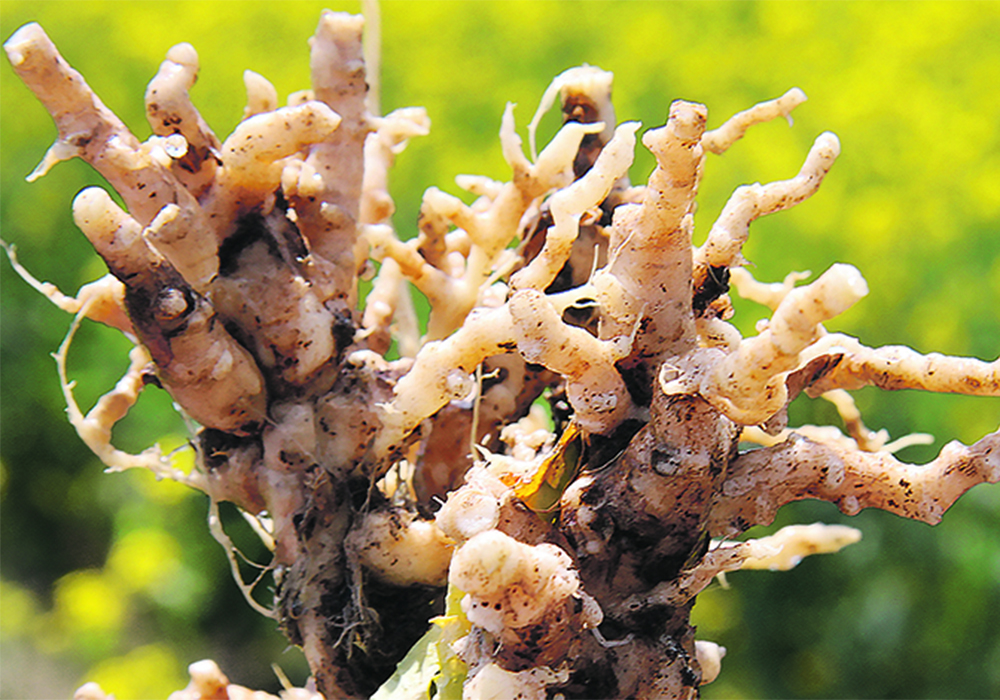New clubroot strains capable of infecting canola plants that have been bred to resist the disease have been found in fields across the Prairies, said a researcher at the University of Alberta.
Twenty-five unique clubroot pathotypes were found in samples taken in 2019 and 2020 from more than 250 fields in Alberta, Manitoba and Saskatchewan, said PhD candidate Keisha Hollman. Seven of the strains are new, with six able to bypass resistance to clubroot that has been bred into the crop, she said.
Canola exports provided $12.9 billion in 2022 to the Canadian economy, which includes $4 billion in Alberta.
Read Also

Selenium not deal breaker in coal mining: expert
Environmental scientist weighs in on coal mining debates in Western Canada, explaining selenium and the technologies and practices to lower its concentrations in nearby waterways to coal mining operations
“I think with canola being so important to our economy, clubroot poses a very significant threat,” said Hollman, who led a study into the problem that was recently published in the Canadian Journal of Plant Pathology.
Most of the pathotypes were only found in a handful of fields, with most of these in Alberta, where clubroot was first detected in canola in 2003, said Hollman.
“And I think this work really outlines the continued threats.
“But I also don’t like it to sound all doom and gloom because, like I said, a lot of these pathotypes are only found in one to two fields, so hopefully, with this information, we can prevent the spread of a lot of these pathotypes so we can hopefully contain them in the areas that they are found.”
Clubroot is caused by a parasitic single-celled organism that can cause tumours on canola roots. It can stunt growth as well as cause yellowing, wilting and even death of the plant, reducing yields by as much as 60 to 90 percent, said a university statement.
It could take up to 10 years to develop new canola varieties resistant to the new clubroot strains, which is why it is vital that farmers practice integrated management strategies to contain the spread of the pathotypes, Hollman said.
These include sanitizing farm equipment and rotating out of canola for “at least two years or more — a strategy found in a 2019 U of A study to reduce the number of clubroot spores by about 90 percent in field soil,” the statement said.
Other practices include adding lime to soil to increase its pH and reduce its acidity, said Hollman. However, the downside is that following such strategies will mean more time and money spent by canola producers to protect their farms from clubroot, she said.
“It’s very understandable that asking producers to do this is a big ask, but if we want to hopefully protect their resistant sources, or hopefully prevent these more unique pathotypes from becoming more prevalent, integrated management strategies are going to become more and more important, especially if producers don’t have genetic resistance as an option.”
Hollman is a PhD candidate in plant science in the university’s Faculty of Agriculture, Life and Environmental Sciences. Her work was supervised by professors Stephen Strelkov and Sheau-Fang Hwang.
Contact doug.ferguson@producer.com
















